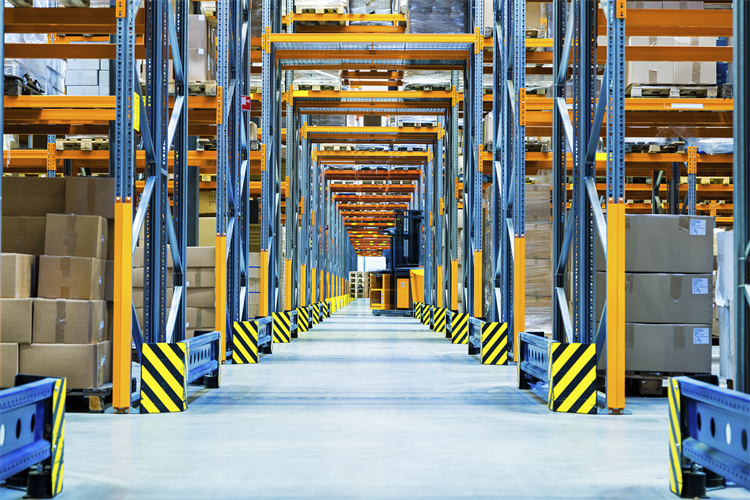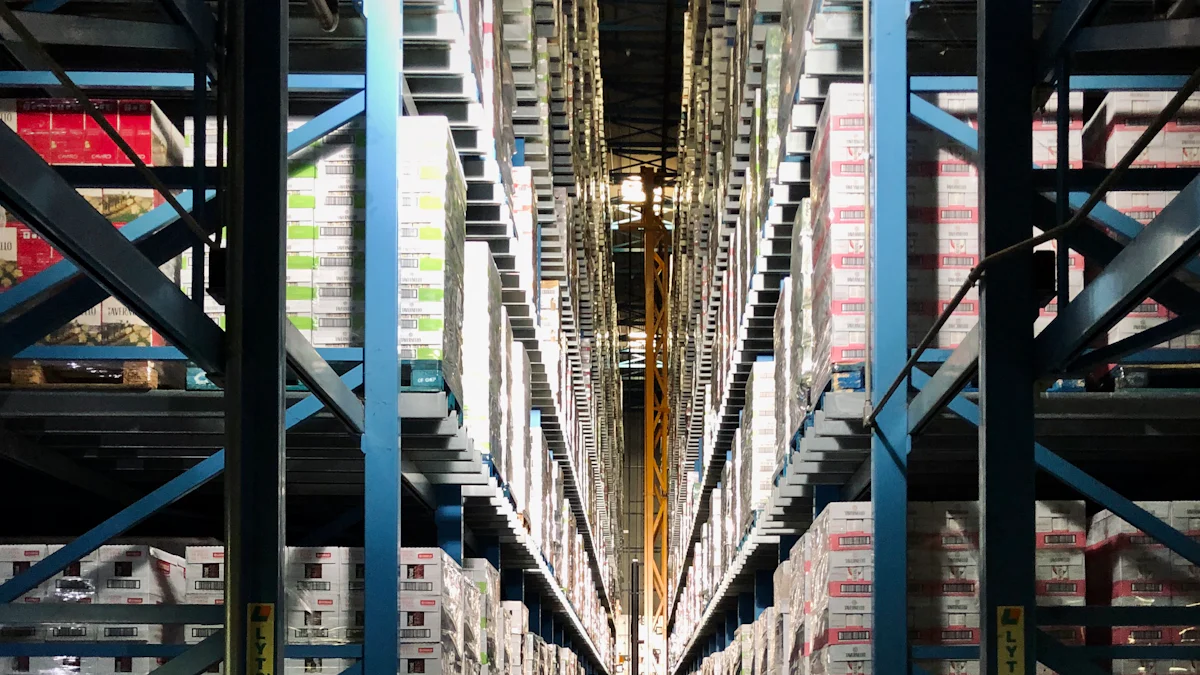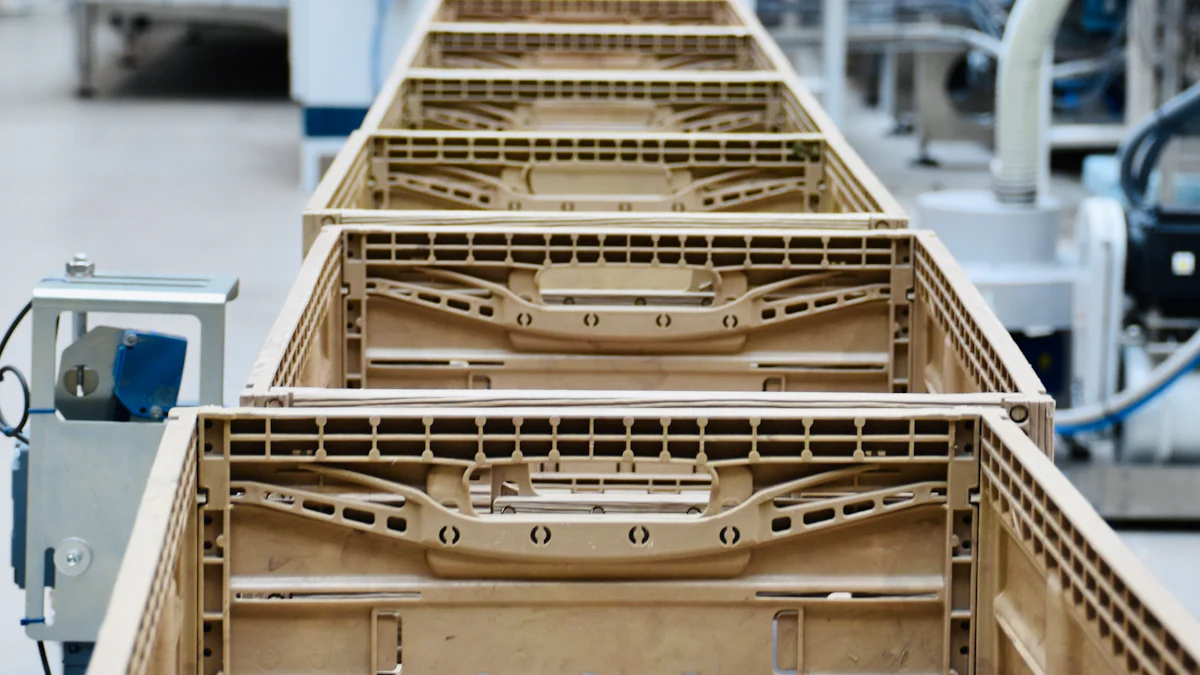Top 3 Benefits of Robotic Automation in Warehousing

In the realm of supply chain management, warehousing plays a pivotal role in ensuring seamless operations and timely deliveries. The integration of robotic automation has revolutionized traditional warehousing practices, enhancing efficiency and accuracy. Today, we delve into the transformative impact of robotic automation in warehouses, focusing on its top three benefits that redefine operational standards and elevate productivity levels.
Increased Productivity and Efficiency

In the realm of warehousing operations, the integration of robotic automation has significantly enhanced productivity and efficiency. By automating repetitive tasks, warehouses can achieve a remarkable increase in operational output. The ability to operate continuously without breaks allows for a seamless workflow that maximizes productivity levels. Furthermore, the implementation of robotic automation leads to enhanced throughput, enabling warehouses to handle a higher volume of goods efficiently.
To further optimize efficiency, warehouses benefit from improved workflows facilitated by robotic automation. Streamlined processes ensure that tasks are completed swiftly and accurately, reducing delays in operations. Additionally, through resource optimization, warehouses can allocate resources effectively based on real-time demands, enhancing overall operational efficiency.
The impact of robotic automation on productivity and efficiency is evident through various studies. According to a study on warehouse robotics, commercial service robotic projects have delivered double-digit improvements in productivity and capacity. This demonstrates the significant positive effects that robotic automation can have on warehouse operations.
Improved Accuracy and Quality

In the realm of warehousing, precision in operations is paramount to ensure seamless workflows and optimal efficiency. Robotic automation systems play a pivotal role in guaranteeing precise task execution, thereby enhancing overall operational accuracy. By maintaining consistency in task performance, warehouses can minimize errors and streamline processes effectively. This approach not only boosts productivity levels but also ensures that tasks are completed with the highest degree of precision.
Furthermore, compliance with standards is a critical aspect of warehouse operations to uphold quality control measures and regulatory adherence. Robotic automation solutions offer a reliable mechanism for warehouses to align with industry regulations seamlessly. Through stringent regulatory adherence, warehouses can enhance their operational standards and ensure compliance with quality control protocols. This proactive approach not only mitigates risks but also fosters a culture of excellence within the warehouse environment.
Employees benefit significantly from the integration of robotic systems in warehouses as they alleviate the burden of time-consuming tasks while enhancing productivity levels. Warehouse robotics contribute substantially to operational excellence by driving innovation in warehouse logistics and offering diverse solutions tailored to specific operational needs. With an emphasis on accuracy, quality, and compliance, robotic automation continues to redefine traditional warehouse practices and elevate industry standards.
Cost Reduction and Employee Satisfaction
Operational Cost Savings
Implementing robotic automation in warehousing operations results in significant operational cost savings. By automating tasks that were previously done manually, warehouses can achieve substantial reductions in labor costs. The utilization of robotic systems optimizes processes, leading to enhanced operational efficiency and reduced expenses.
To illustrate, the shift from manual tasks to automated processes frees up valuable time for human employees. This transition not only reduces costs by eliminating manual errors but also accelerates process cycle times. Moreover, the integration of robotic automation streamlines compliance processes, ensuring that warehouses adhere to industry regulations seamlessly.
Enhanced Employee Engagement
The introduction of robotic automation in warehousing enhances employee engagement by eliminating mundane tasks and fostering a more satisfying work environment. With the automation of repetitive and time-consuming activities, employees can focus on more strategic and value-added responsibilities, boosting their overall job satisfaction.
For instance, the elimination of mundane tasks through robotic automation allows employees to engage in higher-level decision-making processes. This shift not only enhances productivity levels but also cultivates a sense of fulfillment among warehouse staff. Additionally, job satisfaction is heightened as employees witness the positive impact of robotic systems on their daily work routines.
By prioritizing cost reduction and employee satisfaction through the adoption of robotic automation, warehouses can achieve operational excellence while nurturing a motivated and engaged workforce.
The implementation of robotic automation in warehousing ensures increased productivity and efficiency through continuous operation and enhanced throughput.
Improved accuracy and quality are achieved by maintaining precision in operations, consistency in task performance, and compliance with standards.
Cost reduction and employee satisfaction are key benefits, leading to operational cost savings, labor cost reduction, enhanced employee engagement, and job satisfaction.
Embracing robotic automation in warehousing is not just a trend but a necessity for businesses aiming to thrive in the evolving landscape. The impact of this technology extends beyond efficiency gains to shaping a future where warehouses operate seamlessly, employees are empowered, and customer expectations are exceeded. As industries continue to embrace innovation, the adoption of robotic automation promises a future where warehouses are smarter, more agile, and better equipped to meet the demands of tomorrow's supply chain challenges.
See Also
Maximizing Efficiency: Understanding Robotics in Warehouse Operations
Logistics Robotics Impact: Boosting Warehouse Efficiency
Automated Future: Advantages of High-Tech Manufacturing Warehouses
The Necessity of Warehouse Automation for Business Success
Uncovering Sustainable Practices: Trends in Robotics for Supply Chains
